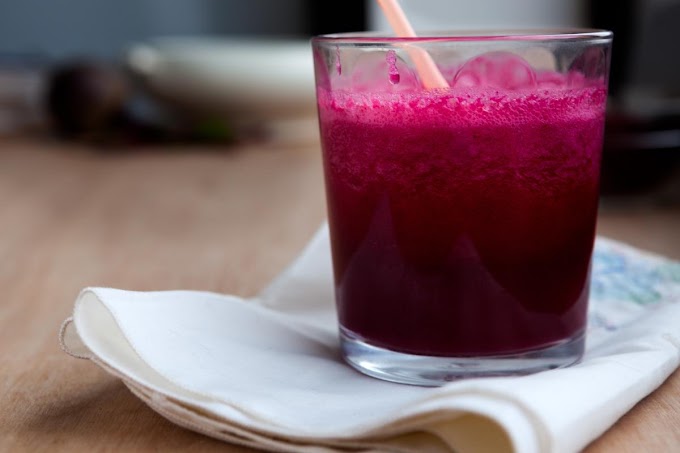The Classic Groundnut Chutney Podi Recipe
Ingredients:
1 cup raw peanuts
1/4 cup chana dal (split Bengal gram)
1/4 cup urad dal (split black gram)
8-10 dried red chilies
1 tablespoon sesame seeds
1/4 teaspoon asafoetida (hinge)
A small piece of tamarind (or 1/2 teaspoon tamarind powder)
Salt to taste
1 tablespoon oil (preferably sesame oil)
Instructions:
Roast the Peanuts:
Heat a pan and dry roast the peanuts on medium heat until they turn golden brown and develop a rich aroma. Make sure to stir continuously to avoid burning.
Once roasted, remove the peanuts from the pan and let them cool. Rub the peanuts between your palms to remove the skin. This step is optional, but it helps achieve a smoother texture.
Roast the Dal:
In the same pan, add a tablespoon of oil. Roast the chana dal and urad dal until they turn golden and crispy. This process will take about 5-7 minutes on medium heat.
Roast the Red Chilies and Sesame Seeds:
Add the dried red chilies to the pan and roast them for a minute until they are crisp. Add sesame seeds and roast them until they start to pop.
Combine All Ingredients:
Allow all the roasted ingredients to cool down to room temperature. Once cooled, grind the peanuts, dals, red chilies, sesame seeds, tamarind, asafoetida, and salt into a coarse powder. Avoid grinding it too fine; the chutney podi should have a slightly grainy texture.
Store the Chutney Podi:
Transfer the groundnut chutney podi to an airtight container. It can be stored at room temperature for up to a month. For longer shelf life, refrigerate it.
Serving Suggestions:
Mix the chutney podi with ghee or sesame oil and serve it with dosas, idlis, or steamed rice.
Use it as a topping for snacks like vada or as a filling for sandwiches.
Sprinkle it over curries or vegetable stir-fries for an extra layer of flavor.
Enhancing the Flavor of Groundnut Chutney Podi
While the classic recipe is delicious, there are several ways to enhance the flavor of your groundnut chutney podi. Here are some tips:
Adjust the Spice Level:
The spiciness of the chutney podi can be easily adjusted by varying the number of red chilies. If you prefer a milder version, reduce the chilies or use a combination of Kashmiri red chilies (which are less spicy) and regular dried chilies. For an extra kick, add a few more chilies or even a pinch of red chili powder.
Incorporate Garlic:
Garlic adds a robust flavor to the chutney podi. Roast 3-4 cloves of garlic along with the dals and grind them with the other ingredients. This will give the chutney podi a deeper, more aromatic profile.
Use Fresh Curry Leaves:
Adding fresh curry leaves to the chutney podi can bring a burst of earthy, herbal notes. Roast a handful of curry leaves until they are crisp, then grind them with the other ingredients. This addition not only enhances the flavor but also adds a nice green hue to the podi.
Include Jaggery for Sweetness:
A small piece of jaggery can be added to the chutney podi for a subtle sweetness that balances the spiciness. This is especially effective if you’ve used a high number of red chilies. The jaggery complements the nuttiness of the peanuts and adds a complex flavor.
Try Different Nuts:
While peanuts are the star of the chutney podi, you can experiment with other nuts for a unique flavor. Cashews or almonds can be used in combination with peanuts or on their own to create a richer and creamier chutney podi.
Add Dried Coconut:
For a touch of tropical flavor, include dried coconut (kopra) in your chutney podi. Roast the coconut until it’s golden, then grind it with the other ingredients. Coconut adds a slightly sweet, nutty flavor that pairs well with the heat from the chilies.
Incorporate Spices:
Spices like cumin seeds, coriander seeds, or fennel seeds can be added to the chutney podi to give it a more complex flavor profile. Lightly roast the spices before grinding them with the other ingredients. These spices can introduce warmth and depth, making your chutney podi more aromatic.
Use Tamarind Paste:
If you prefer a tangier chutney podi, use tamarind paste instead of a tamarind piece. Tamarind paste is more concentrated and will give the chutney podi a stronger sour note. Be cautious with the quantity, as too much tamarind can overpower the other flavors.
Experiment with Oil:
The type of oil used for roasting can affect the flavor of the chutney podi. While sesame oil is traditional, you can try using coconut oil for a different taste. Coconut oil will add a rich, tropical flavor that complements the peanuts and spices.
Personalize the Texture:
The texture of the chutney podi can be adjusted to your preference. For a chunkier texture, grind the ingredients coarsely. For a smoother consistency, grind it finer. Some people like to separate the roasted peanuts and grind them separately to retain small peanut chunks in the podi, adding a delightful crunch.
Conclusion
Groundnut chutney podi is a versatile and flavorful condiment that can elevate many dishes. By starting with the classic recipe and experimenting with different ingredients and techniques, you can create a chutney podi that suits your taste perfectly. Whether you prefer it spicy, sweet, tangy, or with an extra crunch, there’s a version of groundnut chutney podi that will fit your palate.
Make sure to store your chutney podi in an airtight container to retain its freshness and flavor. Enjoy experimenting with these recipes and tips to create a chutney podi that will become a cherished part of your culinary repertoire.








Social Plugin